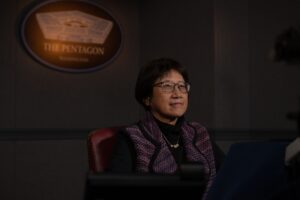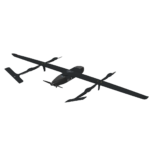
The Pentagon’s top technology official has finalized a list of her top 14 priority areas for technology development, which will help drive the department’s forthcoming National Defense Science and Technology (S&T) strategy. Heidi Shyu, the under secretary of defense for research and engineering, released a strategic vision memo on Thursday setting the stage for the new S&T strategy, which she said will prioritize areas for investment to enable rapid prototyping, continuous experimentation campaigns and delivery of new capabilities. “This technology…

 By
By 











